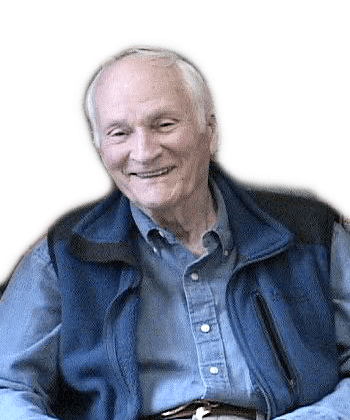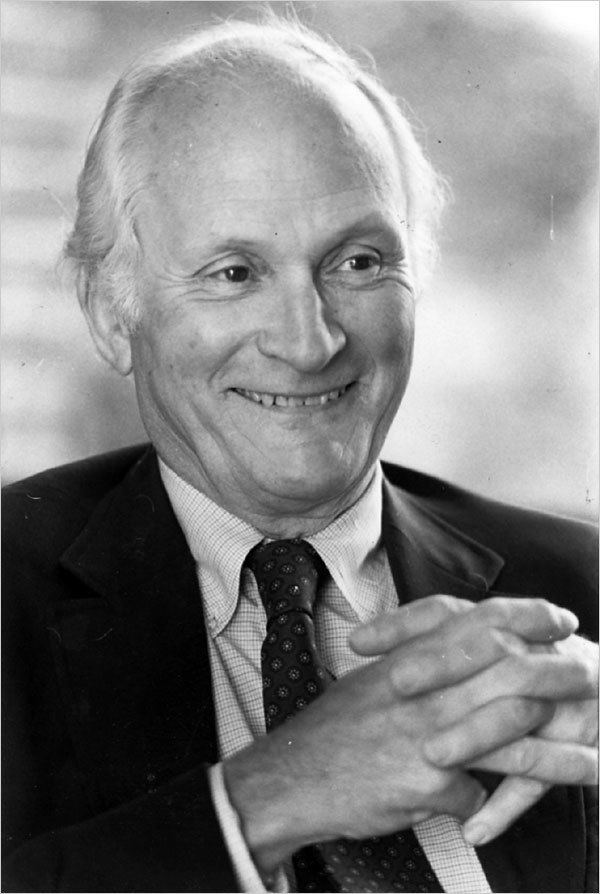Residence USA Name Mahlon Hoagland | Citizenship American Fields Biochemistry | |
 | ||
Institutions Harvard Medical School,Dartmouth Medical School,Worcester Foundation for Experimental Biology Known for Discovery of amino-acid activating enzymes and tRNA Books The way life works, Exploring the Way Life Work, Toward the habit of truth, The roots of life, Discovery - the search for DNA's | ||
Alma mater Harvard Medical School | ||
Mr franklin dna project mahlon hoagland trna
Mahlon Bush Hoagland (October 5, 1921 – September 18, 2009) was an American biochemist who discovered transfer RNA (tRNA), the translator of the genetic code.
Contents

Early life

Mahlon Bush Hoagland was born in Boston, Massachusetts, U.S. in 1921 to Hudson and Anna Hoagland. Hudson was an American physiologist who was known for co-founding the Worcester Foundation for Experimental Biology with Gregory Pincus. He graduated from The Hill School in 1940 and attended Williams College, and in 1948 received his M.D. from Harvard Medical School with intentions of becoming a pediatric surgeon. After a bout with tuberculosis, Hoagland was forced to change career directions and became involved with research.

Hoagland took a research position at Massachusetts General Hospital in the lab of Paul Zamecnik, where he researched and detailed the role of transfer RNA in forming proteins.

From 1953-1967 Hoagland served as an associate professor of microbiology at Harvard Medical School. In 1967, upon leaving Harvard he was appointed professor in the biochemistry department at the Dartmouth Medical School. In 1970, Hoagland became scientific director of the Worcester Foundation for Experimental Biology, retiring in 1985 after 15 years in the directorship.
Work
By the time Hoagland had joined Huntington Laboratories, his colleagues there were well known for their work in protein synthesis. In the early 1950s Hoagland and his associates were able to show that polypeptide synthesis occurs on ribosomes. They did this by giving a rat injections of radioactive amino acids, waiting for a defined period of time, extracting the liver, and examining sub-cellular fractions for radioactivity. He found that after longer periods of times (hours, days) radioactively labeled proteins were present in all subcellular fractions. However, if they allowed less time to pass, radioactivity was found in only certain particles, which they deemed the sites of proteins synthesis. These particles were named ribosomes.
During their experiments with rat liver cells, Hoagland and Zamecnik noticed that in the presence of ATP, amino acids associate with heat soluble RNA, which was later named transfer RNA (tRNA). This amino acid and tRNA complex was later called aminoacyl-tRNA. Hoagland’s major contribution to the laboratory was in his work with amino acid activating enzymes. He discovered that certain enzymes were required to activate amino acids so they could associate with tRNA molecules and eventually be incorporated into new protein molecules. These enzymes were named aminoacyl tRNA synthetases. Incidentally, this lab’s discovery of tRNA supported the theory of complementarity (molecular biology) proposed by Watson and Crick.
He was awarded the Franklin Medal in 1976.
Mahlon Hoagland’s other work involved the carcinogenic effects of beryllium, biosynthesis of coenzyme A, as well as liver regeneration and control.
